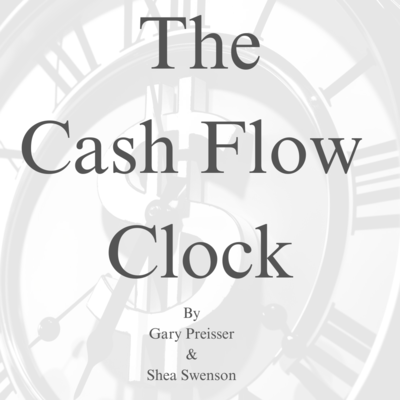The Cash Flow Clock: For Retirees - Book - Page 52

The Cash Flow Clock
Social Security
Social Security makes up an average of almost 65% of income in retirement
and is one the most important considerations for financial planning.
Social Security can be taken as early as 62 for most retirees (survivor
benefits can start as early as age 60 and disability can begin much sooner).
The longer we wait to take Social Security, the higher the monthly amount
becomes. The government incentivizes us to wait as long as possible
because they hope we die. In order to justify waiting until age 70 (the
maximum age), we need to live at least past age 80. The government knows
that while that may be the case for some, most won’t live that long, and the
government will come out ahead. Of course, if we know when we are going
to die, this decision becomes much easier.
Another problem with waiting is inflation. Social Security benefits increase
a bit each year based on a cost of living adjustment. However, that
adjustment does not keep up with inflation. The money we receive in our
80’s and 90’s will not be worth as much as the money we could be receiving
in our 60’s. And that, of course, assumes Social Security will be solvent for
that long.
That doesn’t mean we should take Social Security at age 62. Prior to our
Full Retirement Age (66 and some months or 67 depending on our birth
year), our Social Security benefits will be reduced if we have earned income
(W-2 or self-employment income). Once we reach our Full Retirement Age,
however, we can make as much money as we want with no impact on our
benefits.
If we do not qualify for Social Security benefits on our own, we may be
entitled to a spousal benefit (up to half of our spouse’s benefit). This benefit
applies even if we are no longer married, as long as we were married for
more than 10 years. The survivorship benefit can be up to 100% of the
spouse’s benefit and also applies for former spouses.
There are several factors to consider when deciding when and how to take
Social Security. A Social Security Maximization Report should always be
part of our retirement plan. This report will help us know how much of an
48